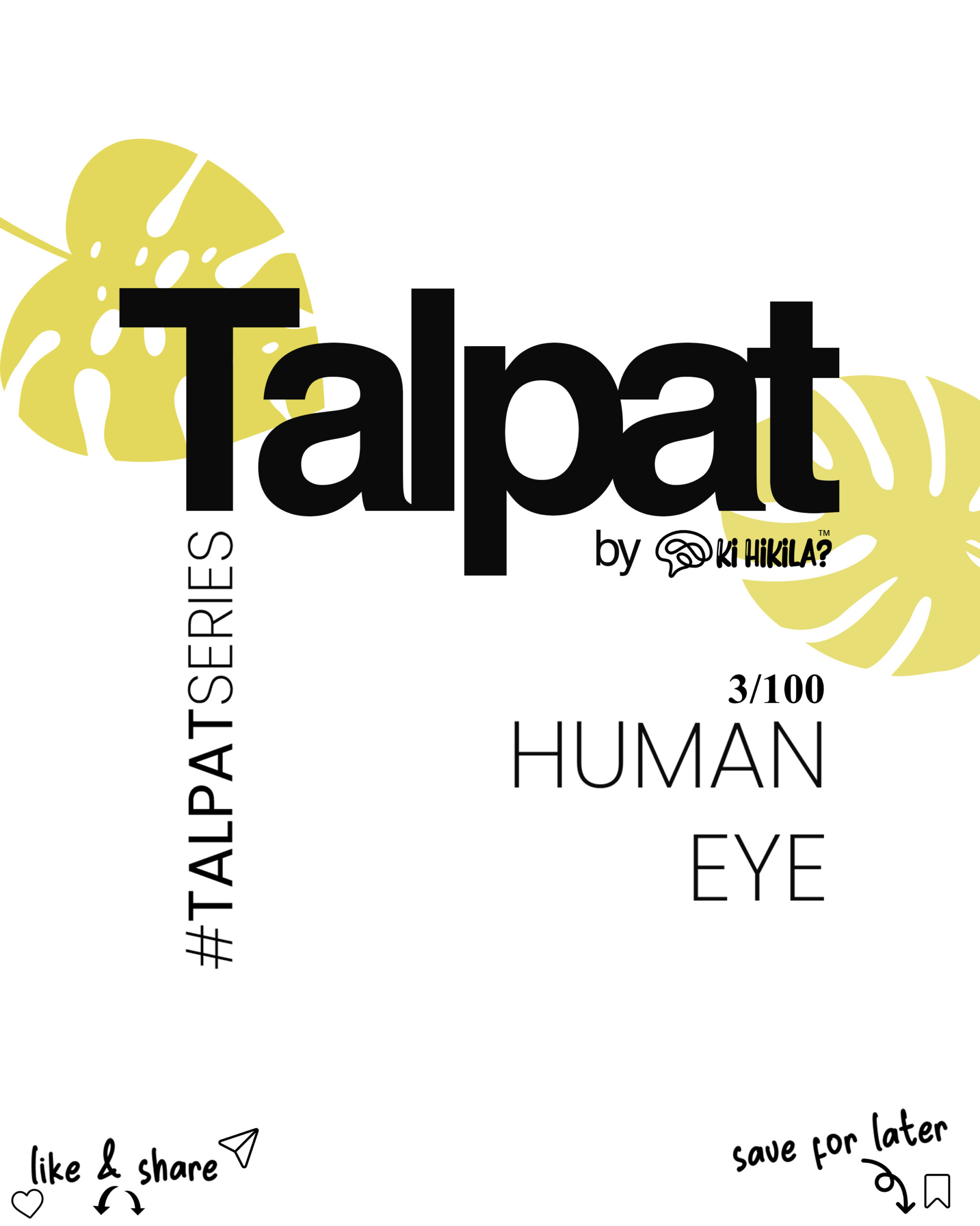Recent breakthroughs have shed light on a crucial factor in solar physics—iron opacity. The way iron absorbs light within the sun directly influences our models of stellar behavior. For years, scientists have struggled to align observed solar data with theoretical models, especially when it comes to the sun’s elemental makeup. Now, new findings point to iron having a much higher opacity than previously believed—an insight that could significantly reshape our understanding of stellar dynamics and the universe at large.
Why Iron Opacity Matters
Opacity refers to how much light a substance absorbs. In stellar interiors, this property governs the movement of energy and the internal temperature structure. If iron absorbs more light than expected (i.e., has a higher opacity), it means less radiation escapes, affecting the star’s heat and light output. These dynamics are central to how stars shine and evolve.
The Sun: Our Stellar Benchmark
Being our nearest star, the Sun serves as a model system for studying stellar processes. Scientists use solar observations to develop and validate theories about star formation, energy production, and how stars impact surrounding planets. Discrepancies between solar data and theoretical predictions can ripple into our understanding of stars across the galaxy.
Elemental Abundance Puzzle
One long-standing mystery involves the underestimated amounts of carbon, nitrogen, and oxygen in the sun. Observations reveal 30–50% less of these elements than standard models predict. This gap has prompted scientists to question the precision of measurement techniques and revisit foundational assumptions in stellar modeling.
A Closer Look at Iron’s Role
Recent experiments have revealed that iron’s opacity may be 30–400% higher than older estimates. A pivotal 2015 study first highlighted this discrepancy, and later research has reinforced the need to revise existing opacity data. These new values better match observational data and may help resolve inconsistencies in solar models.
Measuring Iron’s Opacity: The Modern Approach
To get more accurate readings, scientists have employed cutting-edge experimental setups that replicate solar interior conditions. At Sandia National Laboratories, researchers used powerful X-ray sources and high-speed cameras to observe iron’s behavior under extreme heat and pressure. Their work suggests that current opacity models might be fundamentally flawed, indicating that a major update to our understanding of stellar interiors is overdue.












